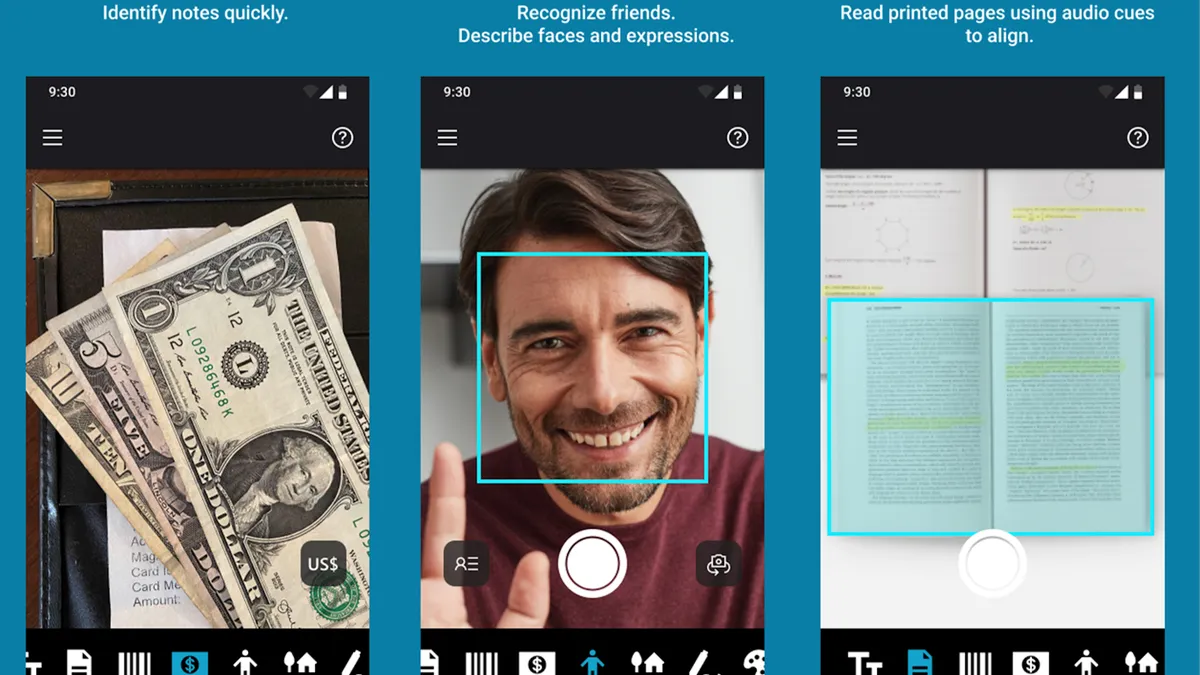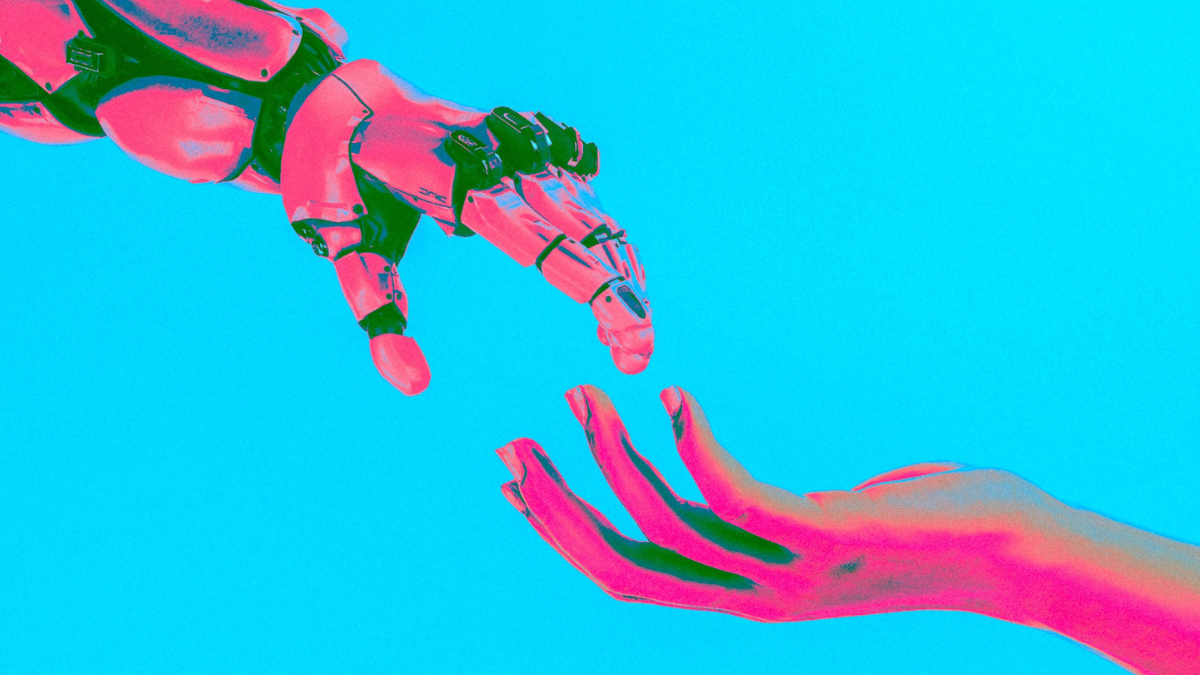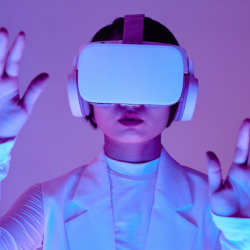2024 offers the promise of new and improved AI…
One that tackles the longstanding DEI challenges such as inherent racism in AI, faulty or non-corroborated information, or the lack of good quality data that can allow AI to be effective. But the challenges facing DEI aren’t tech ones, they’re human ones. Rooted in poor decision-making, lack of leadership prioritisation of DEI, and pervasive non-inclusive cultures.
We can see this most clearly in some of the biggest advertising controversies of the last few years. We have seen several ad campaigns that hark back to the days of Kendall Jenner’s 2017 Pepsi advert, which featured Kendall Jenner handing a can of Pepsi to a police officer amidst a faux protest, leading to outrage amongst the public for trivialising the Black Lives Matter movement. We’ve seen Balenciaga under scrutiny for its frankly odd ad campaign featuring children holding teddies dressed in bondage wear. We’ve seen Levi try to use AI to generate models with diverse body types to ‘supplement human models’, rather than taking the time to source and pay for real-life models with diverse body types. And most recently, we saw clothing retailer Zara come under fire for its ad campaign that evoked war destruction, released amidst real-life destruction in Gaza.
Often when we think of DEI, we think of the traditional areas of representation and recruitment, areas where there could be a quick tech fix to help make the process of sourcing (or generating) the right people in front of the camera easier, or creating blind CVs to remove bias from hiring processes. But DEI in this space is much more nuanced than that. It’s about the power brands and media have to either perpetuate stereotypes, or break them down. It’s about who’s behind the camera as much as who’s in front of it. And the intention behind this work is just as important as the outcomes. Brands receive backlash not because of their approach to AI, but because they are perceived as lazy, tokenistic, or inconsiderate in their approach.
There is a human element of DEI that AI can’t replace
AI can only be as good as the people in the room who can leverage it. If that team doesn’t have an adequate understanding of how their work may be perceived or what stereotypes they may be leaning into, if they don’t have the right people in the room or the right culture to enable challenge, then they will always risk having their brands tarnished. Building inclusive decision-making or embedding culture change won’t be an AI job. Neither will AI build a comprehensive DEI strategy that’s tailored to the company’s needs and integrated into the business vision. And while AI can support building the content, it won’t lead inclusive education across a company, or build DEI champions in leaders.
Where I see AI having the most impact is via its supportive function to existing DEI strategies and initiatives, and in its ability to expand the scope of DEI possibility. This is where I see some of the most exciting AI work in DEI taking place.
For example, AI has the potential to transform the workplace for disabled workers. Tools that enhance accessibility through assistive technology such as speech transcription, note taking, and scheduling or tools such as Microsoft’s Seeing AI app (which supports the visually impaired by describing their surroundings and individual facial expressions) are all paving the way for a more equitable workplace for disabled workers. There is, of course, a long way to go to ensure these AI systems are themselves free from bias, but it’s a clear step in the right direction towards making more accessible workplaces.

Another fascinating area is how AI is being used to transform inclusive recruitment. The biggest issue I see in recruitment is that companies don’t have a strong enough candidate pool. That’s why I think an exciting opportunity lies in using AI to expand the pool of candidates and widen the scope and demographic of candidates applying. Similarly, the lack of comprehensive data limits companies’ understanding of their hiring practices. AI can support tracking the influx of data to help teams assess the diversity of the recruitment pool, as well as retention of the candidates they hire.
However, there are still important questions to grapple with when it comes to AI use in reviewing applications, particularly around removing characteristics such as gender and age on applications, which may not allow employers to take into account historical disadvantage in candidates.
Finally, AI can support some of the more difficult, nuanced areas of DEI language. DEI language is constantly evolving, and it has led to a sense of fear amongst leaders who wish to write about DEI topics but are fearful of using the wrong terminology and facing backlash. As a result, they remain silent, which inadvertently creates more backlash. Sophisticated inclusive language tools can leverage AI to provide the most up-to-date feedback and nuanced alternatives for inclusive language and communications. These tools can equip leaders and communicators with the confidence to write about DEI topics, ensuring they are using language that is forged by the communities themselves.
When I think about the backlash in adverts at the beginning of this article, I struggle to see how the most effective DEI AI tools could have helped. Sure, an AI recruitment tool could have helped to bring people into the room, and an inclusive language tool could have helped them to reword their campaign, but would it have stopped those decisions that took the campaigns to market?
Would it have opened up the room for people to challenge decision-makers? Would it have shifted the culture to one where the team understands their power as advertisers to perpetuate or break down stereotypes?
I don’t think it can — or should — fall solely on AI. AI can play a hugely supportive role in embedding effective and impactful DEI across companies. But without the right culture, understanding, and leader prioritisation of DEI, it won’t get far. AI can help build more equitable workplaces — but it can’t do it alone.
Featured image: Cash Macanaya / Unsplash































